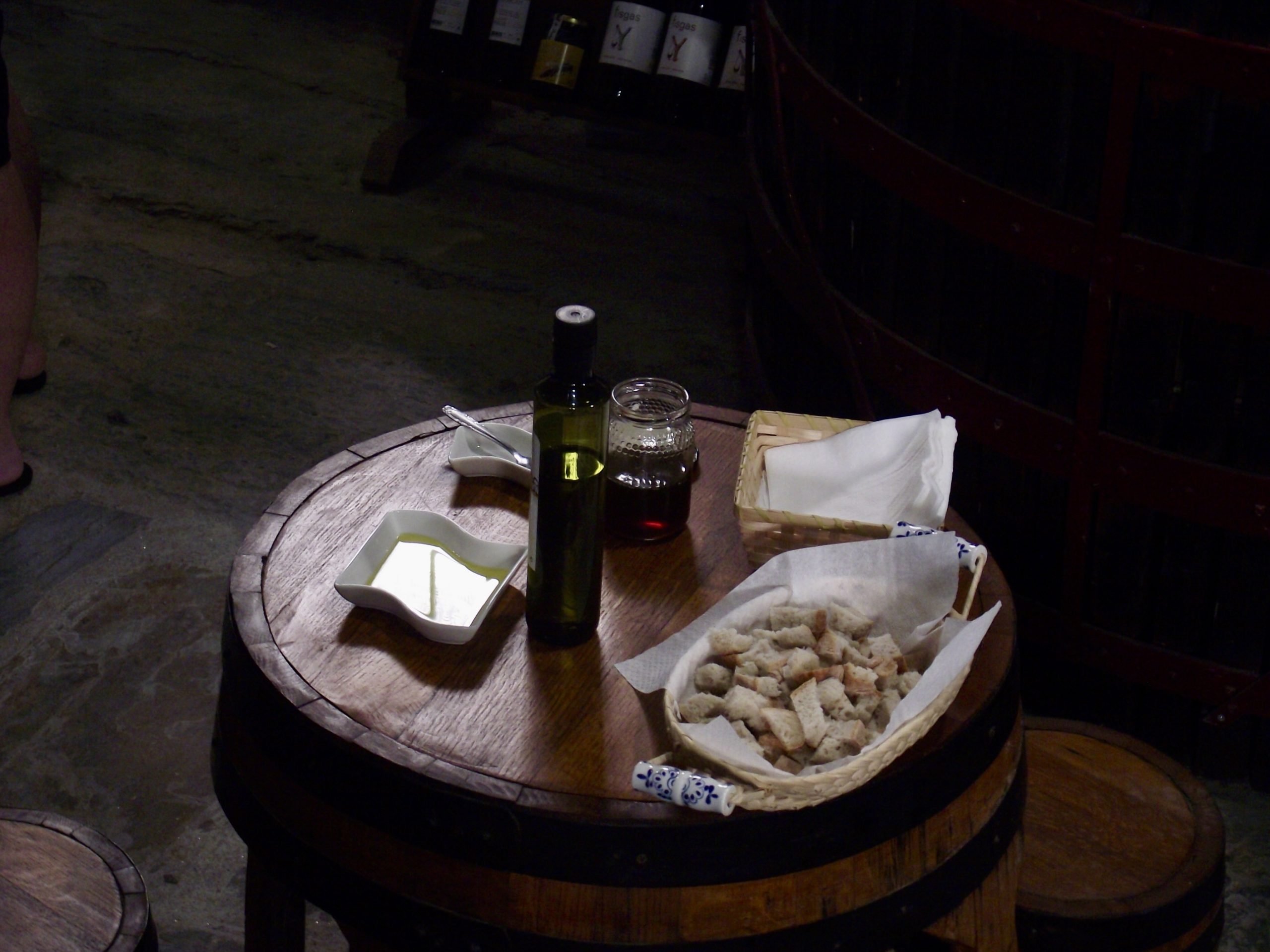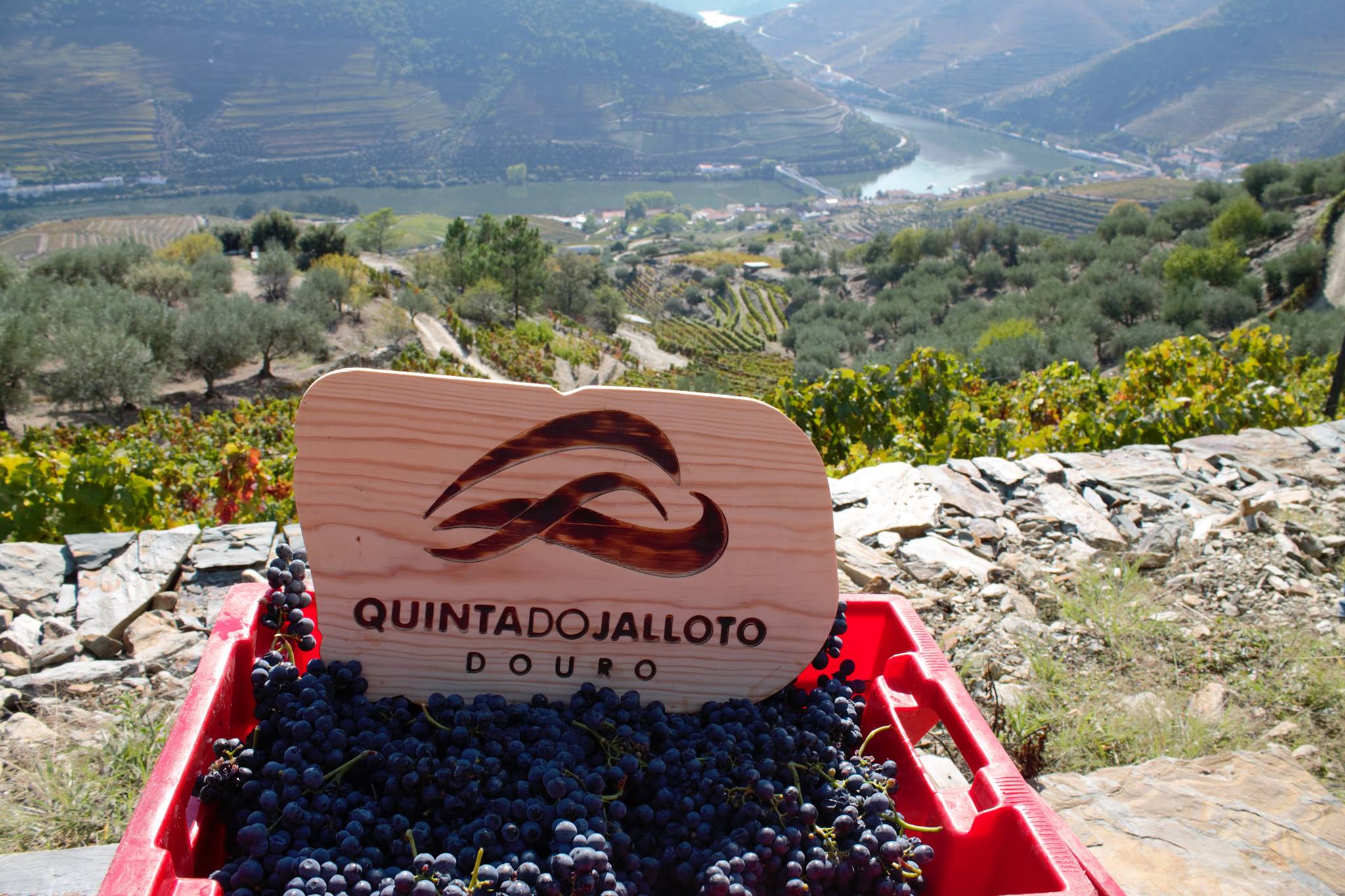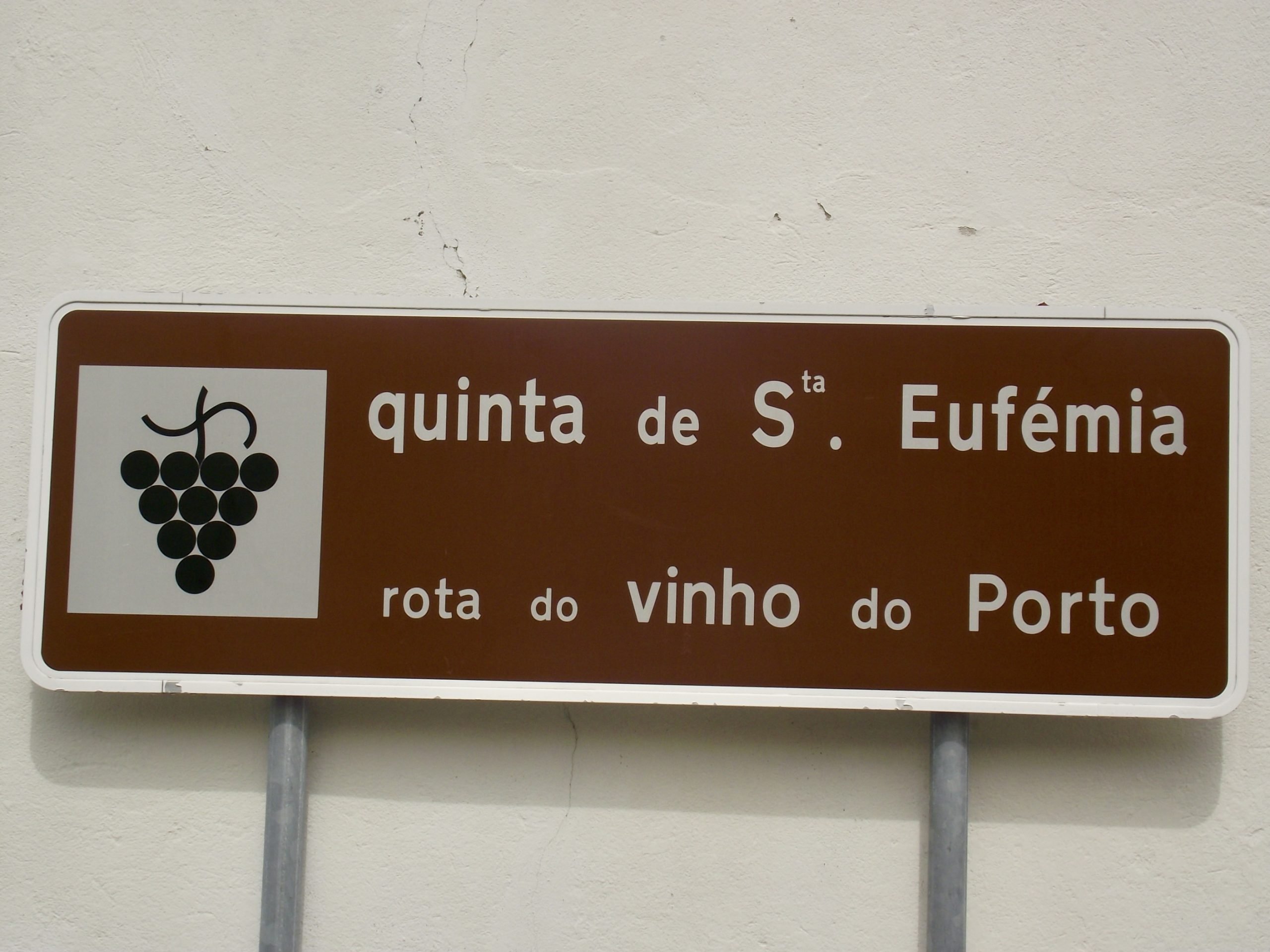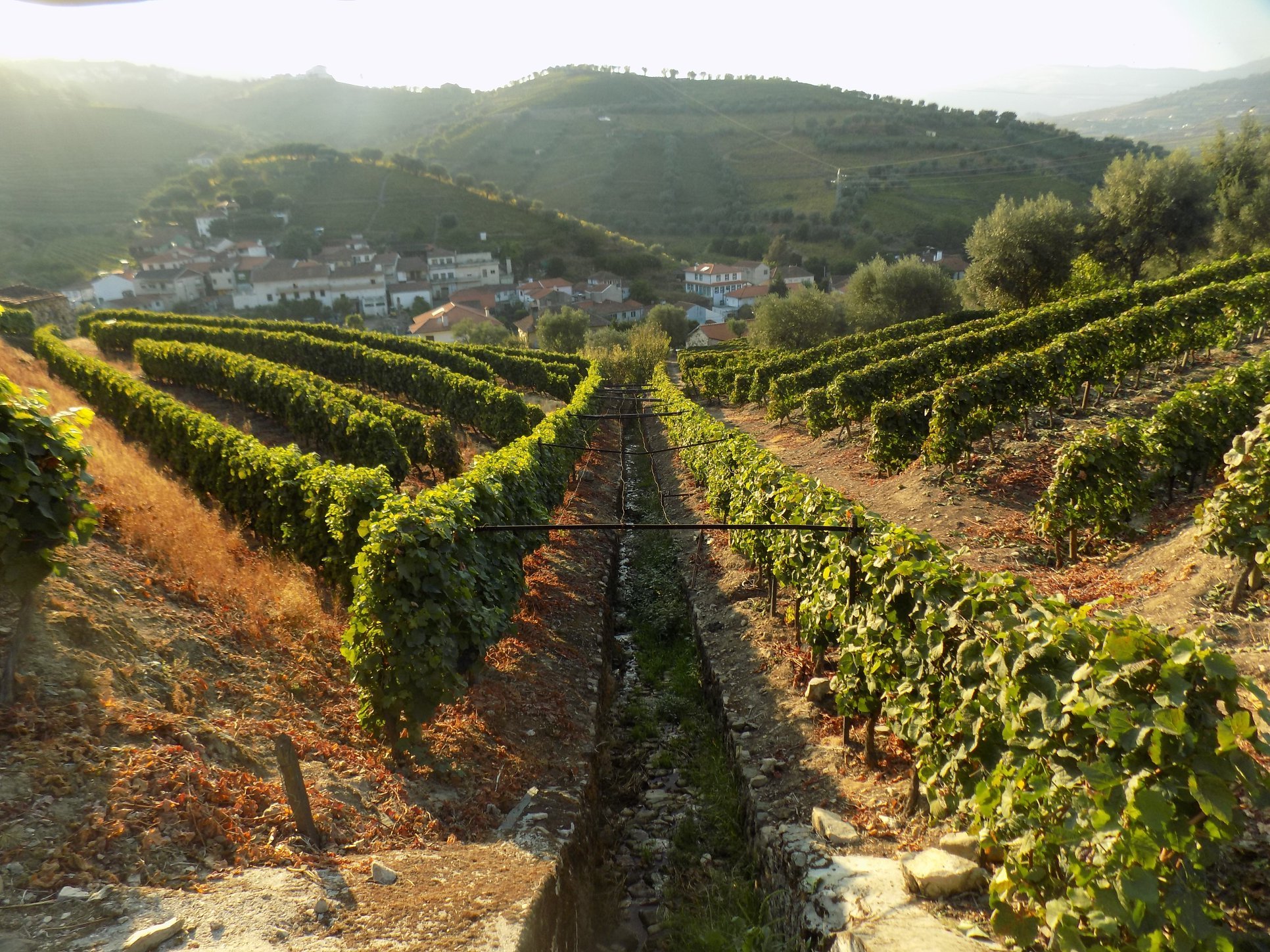Welcome to the Douro Valley, situated in the northeastern part of Portugal, and known for its breathtaking natural beauty, its hills that are green in the summer but take on the colors of yellow, red, and brown in the fall, and are covered with pink snow in the spring when the almond blossoms awaken and fill the valley!
But of course, this region has also attracted tourists for its rich history and delicious wine, for it is in these hills that the famous Port and Douro wine is produced.
Here, we find the oldest regulated wine region in the world. Created in 1756 by the famous Marquis of Pombal. This demarcation was done to protect the quality and reputation of the wine produced there, which had become increasingly popular in England and other European countries.
This demarcation helped to establish boundaries within the region and set limits for wine production, such as specifying which types of grapes and the minimum alcohol to be used, indeed an essential step to ensure the quality and consistency of the wines produced there.
But of course, its history goes even further, dating back to Roman times and culminating in UNESCO’s designation of the region as a World Heritage Site in recognition of its incredible nature, historic villages, and ancient winemaking traditions.
And throughout this history, the legacy of this region is felt not only in the vineyards that embellish the mountains but also in several emblematic monuments that we can visit around them.
Such as the cathedral of Lamego, a baroque-style church dating from the 18th century; the train station of Pinhão, a picturesque station known for its blue tiles depicting vintage episodes; and also the Douro Museum, located in the small town of Régua, which provides an overview of the culture and history of this region.
But wine is still the main reason why people visit the Douro Valley. It is here in the Douro Valley that the large wineries that visitors find in Vila Nova de Gaia produce this nectar of the Gods.
These large wineries have long since organized themselves to receive many tourists. And if, in fact, there is something quite prestigious about the work these large producers have done over the years, namely building private museums and wineries with ample facilities. However, as in many cases when it comes to large-scale production, a personal touch cannot be felt when visiting them.
The average tourist needs to learn that countless smaller, locally produced wineries not found in Vila Nova de Gaia can be found here and produce Port and Douro wines of even better quality.
As a tour guide in this region, as I have been, it was with great pleasure that I took tourists to visit small producers who always welcomed us with open arms in their homes.
There we not only had the opportunity to taste the wine and see its production by visiting the wine presses but also to see old olive oil factories, taste their bread, see family photos, and even in some places, be invited to sit in their private homes, some dating back to the 19th century.
Visiting local producers was a guarantee that we would get in touch with the culture, the flavor, and the local and often private history of the families themselves. Certainly a much more enriching experience than the one you get when visiting large-scale wine producers.
I guarantee these minor/medium-sized producers will provide you with a unique and unforgettable experience when visiting the Douro Valley. Let’s take a look at 4 picturesque wineries to visit in the Douro Valley.
1. Quinta D’origem

Arriving at Quinta D’Origen, or, in other words, Senhor Paulo’s winery, can be an already memorable experience. At the top of one of the hills, this family-run winery is located in the small village of Casal dos Loivos.
The winding but scenic road takes us to the top of a hill where a centenary village lies after curves and counter curves filled with vines, cork, and orange trees. After passing by the village of Pinhão, you drive to Casal dos Loivos, and as soon as you enter the village, you can see an old gate where the name of this farm is above you.
Drivers are required to be careful when trying to park at or around its entrance. Although picturesque, the short and winding roads also hinder the circulation of many cars.
The visit starts at the old olive oil mill on this small farm, whose business I have seen grow over time. Here we can see the old machines that used to make olive oil and learn how the whole process unfolded, from picking the olives to extracting the oil from the grapes.
Moving on to another division of this small private museum, we will find an old stone tank with various artifacts used in the harvest, including the multiple baskets of vines so typical of this region.
And, of course, the best part of the Douro happens when we are taken by the hand of Mr. Paulo, the man who continued his family’s legacy, to a room with a breathtaking view of the Douro River.
The renovated space comforts the visitor with its coziness, where the wine tasting takes place and where one can also taste olive oil and grape juice, an alternative for those who do not want to taste the alcohol but have access to other products of equal quality.
Recently this farm has grown exponentially, and D’Origem already has lodging for those who visit. Staying here, and waking up with a view of the colorful valley and the panorama of the Douro River in the background, will undoubtedly be one of the most unforgettable experiences one will have.
2. Quinta do Jalloto

We continue our visit to the picturesque mountain village of Casal dos Loivos. Not far from each other, this other farm is further away from the village center and is ideal for those who want direct contact with nature, as it is found right in the middle of the vineyards that sustain it.
Here we can see them up close.
If it is summer, the visitor can see the grapes turning color. It is a time of the year when temperatures reach their highest values— one of the main factors for these vines being so sweet and pigmented.
Due to the proximity to the vineyards, it is in the Quinta do Jalloto that we can also see one of the main characteristics of the soil in this region. These schistous rocks are fundamental in the process. But caution is required. Do not touch them in the middle of summer, or you may burn your hands.
These rocks accumulate an enormous amount of heat. This is one of the main pieces of advice Marta—the boss’s daughter-in-law— gives us when we visit the farm.
While her husband and father-in-law work in wine production, Marta is the one who receives tourists, speaking English and also giving them tastings of Rosé, Red and White wines, and Port wine on their premises, after also visiting the winery where the wine is stored throughout the year.
The tastings take place on a terrace overlooking the hill. The scenery, the friendliness, and the quality of the flavors are so great that the biggest challenge when visiting Jalloto is to leave it.
3. Quinta da Dona Eufémia

We are now further away from the Pinhão village area, and the traveler heads more in the direction of the town of Régua.
A few kilometers before this town, we take the road toward the small village of Parada do Bispo. Once again, and like almost all roads in the valley, we drive up the mountain on a winding road, but beautiful at every turn.
This old family farm is certainly the ex libris of this small village, both for its history and the outstanding quality of wine production. As far as history is concerned, it is also here that we can find the Pombaline marker number 27, the last one of that first demarcation.
This winery, located on a hillside south of the Douro River, has over 45 hectares of vineyards and still uses granite wine presses where each year, at harvest time, the grapes are trodden traditionally with the feet.
The guided tour is usually always with someone from the family; this is a traditional business, and the guided tour is always more intimate. The tour is followed by wine tasting, from Port wine to Douro table wines.
4. Quinta das Lamelas

Started in 1836, Quinta das Lamelas, or for those more intimate, Quinta do Senhor Guedes, is a picturesque farm located on the south side of the Douro valley, about ten minutes from the city of Peso da Régua.
Besides the delicious Port wines, as well as the table wines, the most beautiful thing about this farm is to see the landscape full of vineyards, the old 19th-century house, as well as a chapel that belongs to the family and that tells the story of the Sunday mass being celebrated there for the workers of the farm.
Depending on the time of year, the landscape is filled with almond trees in bloom or orange trees laden with fruit. Mr. Guedes, a friendly man who owns it, may be around the house and would be happy to give you a guided tour. If not, the lovely maid will gladly introduce you to the farm, even if she only speaks Portuguese.
You can also take a tour through Cool Tours Porto, where you can visit some of the recommended farms. In case of any specific preference, please contact them before the tour to know which farms you will see.


